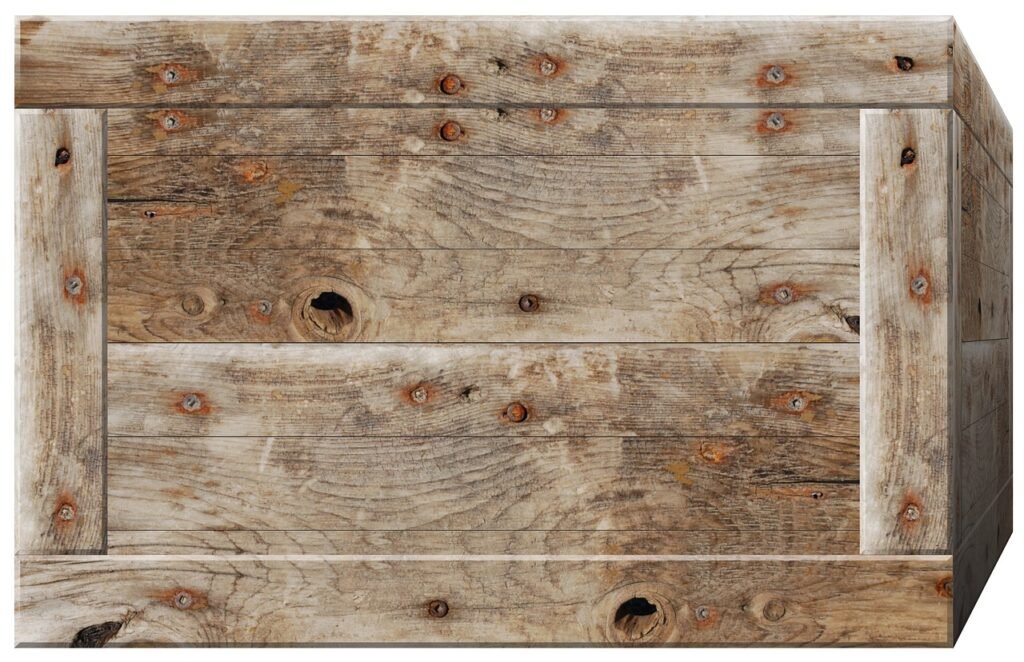Welcome to an informative guide on comparing different materials used for dog crates. From wire crates to plastic crates to soft-sided crates, each material has its own unique advantages and disadvantages. By understanding the differences between these materials, you can make an informed decision on which type of dog crate is best suited for your furry friend. Whether you’re looking for durability, portability, or ease of cleaning, we’ve got you covered with the best materials for dog crates. Let’s find the perfect crate for your pup together! Have you ever wondered what the best material is for a dog crate? There are so many options out there, from wire to plastic to fabric. Each material has its own pros and cons, so it can be overwhelming to decide which one is right for your furry friend. In this article, we’ll compare the most common dog crate materials so you can make an informed decision. Let’s dive in!

This image is property of pixabay.com.
Wire Dog Crates
Wire dog crates are a popular choice among pet owners for their durability and ease of use. They are typically made of metal wire and feature a removable tray for easy cleaning. Wire crates allow for plenty of ventilation and visibility, which can help reduce your dog’s anxiety when confined.
Wire dog crates are also collapsible, making them easy to transport and store when not in use. However, some dogs may try to escape from a wire crate by chewing on the bars. You may need to cover the crate with a blanket or purchase a cover to prevent this behavior.
Overall, wire crates are a versatile option for pet owners who need a crate that is both durable and easy to use.
Pros of Wire Dog Crates
- Durable and long-lasting
- Easy to clean
- Provides good ventilation and visibility
Cons of Wire Dog Crates
- Dogs may try to escape by chewing on the bars
- Can be noisy if your dog moves around inside
Plastic Dog Crates
Plastic dog crates are another popular choice for pet owners, especially for travel. These crates are lightweight and sturdy, making them ideal for car rides or airplane trips. Plastic crates are also easy to clean, as most models have a removable top and a bottom tray.
One downside of plastic dog crates is that they may not provide as much ventilation or visibility as wire crates. Some dogs may feel more confined and anxious in a plastic crate, so it’s important to monitor your pet’s behavior when using one. Additionally, plastic crates are not collapsible, so they may take up more storage space when not in use.
Overall, plastic dog crates are a great option for pet owners who need a secure and portable crate for travel.
Pros of Plastic Dog Crates
- Lightweight and sturdy
- Easy to clean
- Great for travel
Cons of Plastic Dog Crates
- Limited ventilation and visibility
- Not collapsible

This image is property of pixabay.com.
Fabric Dog Crates
Fabric dog crates are a newer option on the market and are popular among pet owners who want a crate that is both stylish and functional. These crates are made of durable fabric and can be easily folded and stored when not in use. Fabric crates are also lightweight, making them ideal for travel.
One advantage of fabric crates is that they are soft and comfortable for your dog to rest in. Many models come with mesh windows for ventilation and visibility, but some dogs may still feel anxious in a fabric crate due to the lack of structure.
Fabric crates are not suitable for dogs who like to chew or dig, as they may damage the material. However, if your dog is well-behaved and enjoys a cozy space to relax in, a fabric crate may be the perfect choice.
Pros of Fabric Dog Crates
- Stylish and portable
- Soft and comfortable
- Lightweight
Cons of Fabric Dog Crates
- Not suitable for chewers or diggers
- Some dogs may feel anxious due to lack of structure
Metal Dog Crates
Metal dog crates are the most heavy-duty option on the market and are suitable for large and strong dogs. These crates are typically made of steel or aluminum and offer maximum security and durability. Metal crates are often used in professional settings, such as dog shows or training facilities.
One advantage of metal crates is that they are virtually indestructible, making them a great option for dogs who are escape artists. However, metal crates can be heavy and bulky, so they may not be suitable for travel or small living spaces.
Metal crates are also more expensive than other options, but they are worth the investment if you have a large or powerful dog who needs a secure and sturdy crate.
Pros of Metal Dog Crates
- Maximum security and durability
- Virtually indestructible
- Perfect for large and strong dogs
Cons of Metal Dog Crates
- Heavy and bulky
- More expensive than other options

This image is property of pixabay.com.
Conclusion
In conclusion, there are several factors to consider when choosing a dog crate material, including your pet’s size, behavior, and environment. Wire crates are a versatile option for most dogs, while plastic crates are ideal for travel. Fabric crates provide a cozy space for well-behaved dogs, and metal crates offer maximum security for large and powerful breeds.
Ultimately, the best dog crate material will depend on your individual needs and preferences. Consider the pros and cons of each material before making a decision. Your furry friend will thank you for providing a safe and comfortable space for them to relax and unwind.


